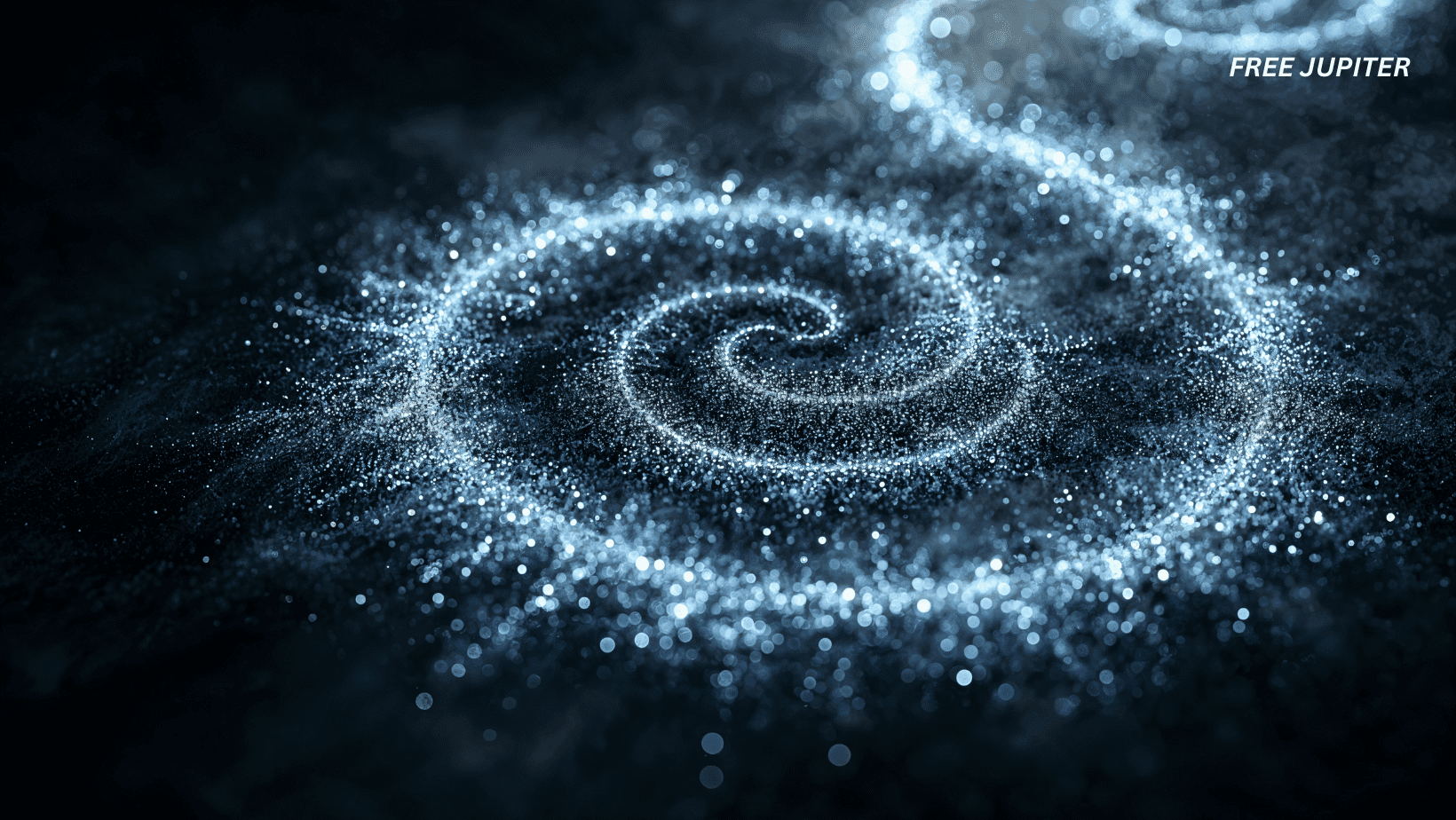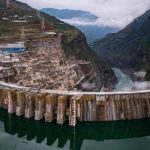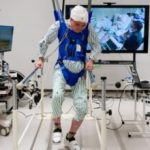In a groundbreaking scientific achievement, researchers have successfully transformed light into a supersolid—an extraordinary and intriguing state of matter that simultaneously displays properties of solids and fluids. This innovative breakthrough not only challenges traditional concepts of matter but also opens extensive new avenues in quantum physics and technological development.
What Is a Supersolid?
A supersolid is a remarkable quantum state of matter where particles simultaneously exhibit characteristics of rigid solids and frictionless fluids. In this unique state, particles arrange themselves in a stable crystalline structure typical of solids, yet also flow without resistance, resembling superfluids. Essentially, a supersolid retains a fixed spatial arrangement while allowing frictionless internal movement, typically observed in fluids such as supercooled helium.
The concept of supersolids has fascinated physicists for more than fifty years, initially theorized in the 1960s. Early experimental evidence began to emerge several decades later, particularly in ultracold atomic gases known as Bose-Einstein condensates (BECs). When these condensates are cooled to temperatures near absolute zero, atoms occupy the lowest quantum state, enabling quantum effects essential for supersolidity.
The Quantum Dance: Formation of Supersolids Supersolids require temperatures close to absolute zero (−273.15°C or −459.67°F) because at these extremely low temperatures, thermal motion nearly ceases, allowing quantum mechanical effects to dominate. Imagine a chaotic room of hyperactive toddlers gradually calming down as temperatures drop, forming an orderly pattern, yet some of them effortlessly glide through without collisions.
In supersolids, this manifests as particles maintaining a rigid crystalline arrangement, while a portion simultaneously moves frictionlessly within this structure—a unique phenomenon arising directly from quantum mechanics, where particles exhibit dual wave-particle behavior.
Why Is This Discovery With Light Revolutionary?
Previously, supersolids were created exclusively using ultracold atoms. However, this recent experiment marks the first instance of scientists successfully combining light with matter to achieve a supersolid state. This feat was accomplished by utilizing “polaritons,” quasiparticles formed through the strong coupling of photons (particles of light) and excitons (electron-hole pairs in a material).
Polaritons inherit dual properties from both photons and excitons, allowing them to condense into the lowest energy state similar to atomic gases. Through precise manipulation at ultra-low temperatures, researchers encouraged polaritons to form a supersolid, effectively “freezing” light into structured yet flowing quantum matter.
This achievement is groundbreaking because light usually behaves as a wave or particle moving at the speed of light without forming solids. Creating a supersolid from hybrid light-matter particles opens a new frontier for investigating quantum phenomena and promises revolutionary advancements in photonics and quantum technologies.
Experimental Journey The research team employed advanced cooling techniques to approach absolute zero temperatures, significantly reducing thermal disturbances. They then used precisely tuned electromagnetic fields to couple photons and excitons, forming polaritons that could condense into a supersolid state.
A critical challenge was maintaining the delicate balance between the crystalline lattice structure and fluid-like movement without destabilizing the fragile quantum state. Through careful control, the hallmark features of a supersolid—a stable crystalline pattern alongside frictionless internal flow—were successfully observed.
This experiment builds on decades of foundational research, from early helium-4 experiments plagued by impurities to clearer demonstrations in ultracold atomic gases. The current work with polaritons advances this exploration by demonstrating supersolidity in an entirely novel system.
Why Must Supersolids Be So Cold?
The necessity for extreme cold stems from the requirement to minimize thermal vibrations that otherwise obscure quantum effects. At higher temperatures, particle energy increases, causing random motion that disrupts coherent quantum states.
In supersolids, particles must reach their lowest energy configurations, allowing quantum coherence to emerge clearly—a condition achievable only near absolute zero.
The Mystery of Zero Viscosity Viscosity measures a fluid’s resistance to flow; for example, honey has high viscosity, while water flows easily. Remarkably, superfluids and supersolids exhibit zero viscosity, enabling frictionless flow.
This phenomenon is prominently observed in helium-4 cooled near absolute zero, where quantum fluctuations prevent atoms from solidifying and instead enter a superfluid phase. Supersolids uniquely combine frictionless flow with solid rigidity, challenging classical physics and deepening our understanding of matter.
Potential Applications and Future Prospects Creating a supersolid from light holds more significance than mere scientific curiosity—it opens doors to new technological applications and fundamental research opportunities:
- Quantum Computing: Supersolids might offer stable qubit platforms, potentially enhancing coherence and reducing errors in quantum computing.
- Advanced Photonics: Polaritonic supersolids could revolutionize optical circuits, enabling precise and efficient manipulation of light.
- Material Science: Insights into supersolidity may inspire new materials combining structural rigidity with frictionless flow, beneficial in lubrication and energy transport.
- Astrophysics Simulations: Supersolids serve as laboratory analogs to exotic states hypothesized in neutron stars, aiding the study of extreme astrophysical environments.
Expanding Quantum Horizons This discovery contributes to a broader scientific quest to explore and utilize quantum states. Supersolids blur traditional distinctions between classical matter states, showcasing quantum mechanics’ profound complexity.
The interaction between light and matter in forming supersolids highlights innovative strategies scientists use to unlock new physics. Ongoing research promises to unveil even more extraordinary quantum phenomena, deepening our understanding of the universe’s fundamental processes.
Conclusion The successful conversion of light into a supersolid represents a historic milestone in physics. By merging solid-like structures with fluid-like properties within a hybrid light-matter system, scientists have significantly broadened the conceptual boundaries of matter.
This remarkable achievement not only enriches our grasp of quantum mechanics but also paves the way for groundbreaking future technologies. The once-unimaginable feat of “freezing” light into a flowing solid has now become a vibrant reality, illuminating exciting paths toward future scientific innovations.











